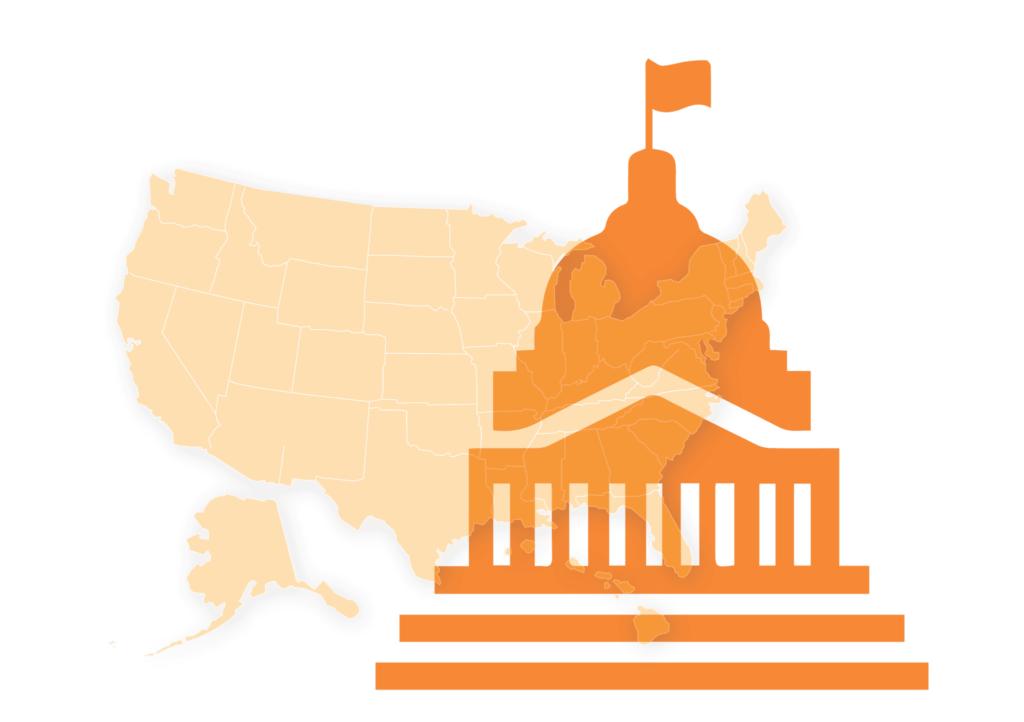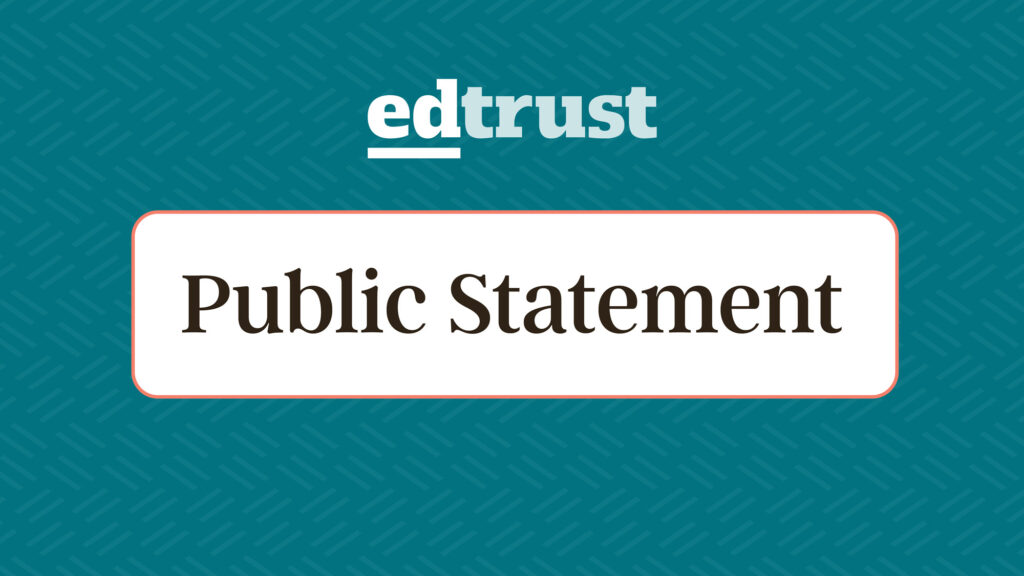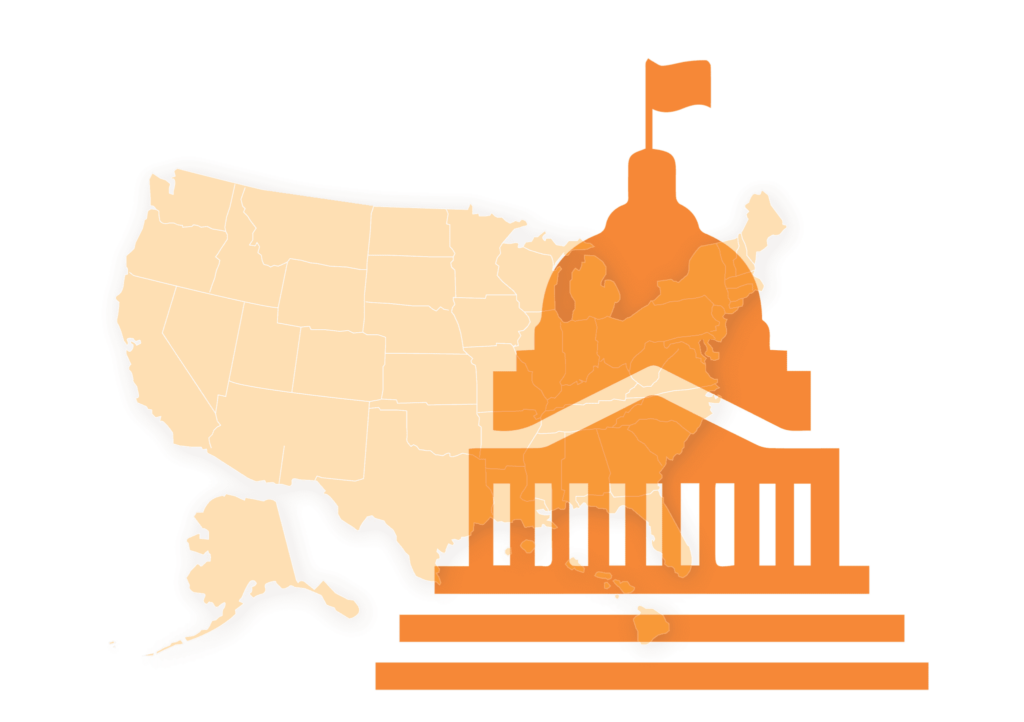Dear Secretary Cardona and Director Rice:
Thank you for prioritizing equity in the early actions of the Biden-Harris Administration, including by elevating and focusing attention on the needs of students from vulnerable and systematically neglected populations — students living in poverty, students with disabilities, students learning English, students experiencing homelessness, students in the foster care system, students who are incarcerated, students who are undocumented, Black and Brown students, Native students, and students who identify as LGBTQ+. These students face multiple cross-cutting challenges, and those who have intersectional identities are navigating these challenges on multiple fronts. As the Administration prepares its full budget request, we, the undersigned civil rights, education, immigration, and research organizations, write to ask you to ensure that your emphasis on educational equity continues to be translated into meaningful policy.

 May 18, 2021 by
May 18, 2021 by 




